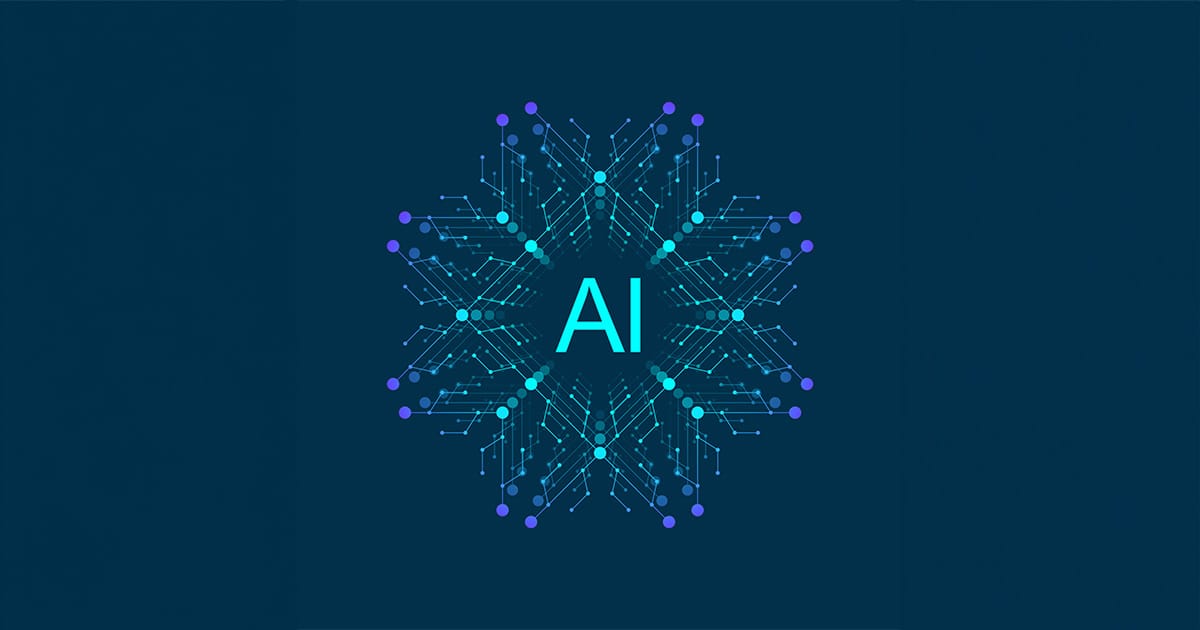It is no secret that AI is transforming every area across the world, and in this post, we will explore how AI is reshaping Business Intelligence (BI) and Reporting.
Business Intelligence and Reporting, a core part of Data Analytics, focuses on building dashboards, generating insights, and defining standardized KPI metrics for use by stakeholders across all levels — from business users optimizing daily operations to executives shaping strategic decisions. These tools offer a clear view of business performance, empowering key decision-makers to act based on data-driven insights.
BI Analysts work with a wide variety of data sources stored in data warehouses or data lakes. They identify the right data, ensure its reliability, and curate them into meaningful metrics, which are then used as fundamental components to build dashboards and visualizations.
Depending on the use case, these dashboards have different update frequencies, with daily and weekly dashboards being the most common — for example, sales review dashboards and inventory level dashboards.
AI applications are directly addressing long-standing issues in BI and Reporting. Challenges related to data quality, reliability, data silos, and time-to-insight for non-technical users are being tackled by AI.
Business User:
From a business user’s perspective, AI accelerates access to insights by allowing them to interact directly with databases using natural language. This means business users no longer need to rely on data analysts for granular data, empowering them to make faster decisions and focus on high-impact areas, ultimately increasing the success of their projects.
BI Engineers & Analysts:
For analysts, AI is a boon rather than a threat of job displacement.
First, the reduced need to respond to ad-hoc requests from business teams gives analysts more time to focus on high-value tasks. This can save anywhere between 20% to 40% of an analyst’s time, depending on the organization’s data maturity and the team’s structure. The need for continuous context-switching, a major productivity killer, also decreases.
Second, analysts no longer need to be experts in the query languages their data systems use or have a deep understanding of data schemas to get started. As organizational data grows, data silos increase, and navigating extensive documentation to understand tables and data points can take hours. AI apps, trained on organizational data schemas, can quickly locate the required data and optimize queries. This saves time spent figuring out the right data sources, allowing them to focus on making dashboards clear and efficient for others to use.
Anomaly Detection:
In the area of anomaly detection (within dashboards), AI transforms how analysts identify and resolve data issues by helping them achieve faster and more efficient resolutions. Traditionally, when an alert is triggered, analysts conduct root cause analysis (RCA) on affected metrics — a process that can take hours or even days. This often involves exploring related metrics to uncover the source of the anomaly.
While automated tools can highlight other metrics showing anomalies, analysts still spend considerable time connecting the pieces together. AI applications, trained on historical RCA methods and data documentation, accelerate this by identifying correlations between anomalies and using them to suggest potential causes. This allows analysts to focus on validating solutions rather than formulating hypotheses from scratch — crucial during high-impact events.
For example, in an e-commerce dashboard, an analyst might need to identify why conversion rates are declining. This requires examining 40 to 50 metrics to uncover a pattern, as multiple factors — such as the marketing mix, campaigns, pricing, and promotions — influence the funnel daily. An AI tool trained on organizational data can quickly utilize correlation analysis, identify business-relevant relationships, and highlight top priority areas for the analyst to investigate. This reduces the time analysts spend on exploratory data analysis, helping them troubleshoot faster.
As data volumes grow and analyst resources remain limited, AI is crucial for boosting efficiency. It streamlines data exploration, anomaly detection, and root cause analysis, reducing the time analysts spend identifying issues. AI empowers business users with real-time insights while supporting analysts, enabling faster, smarter business decisions through human-AI collaboration.
Sivasankar Kandasamy




